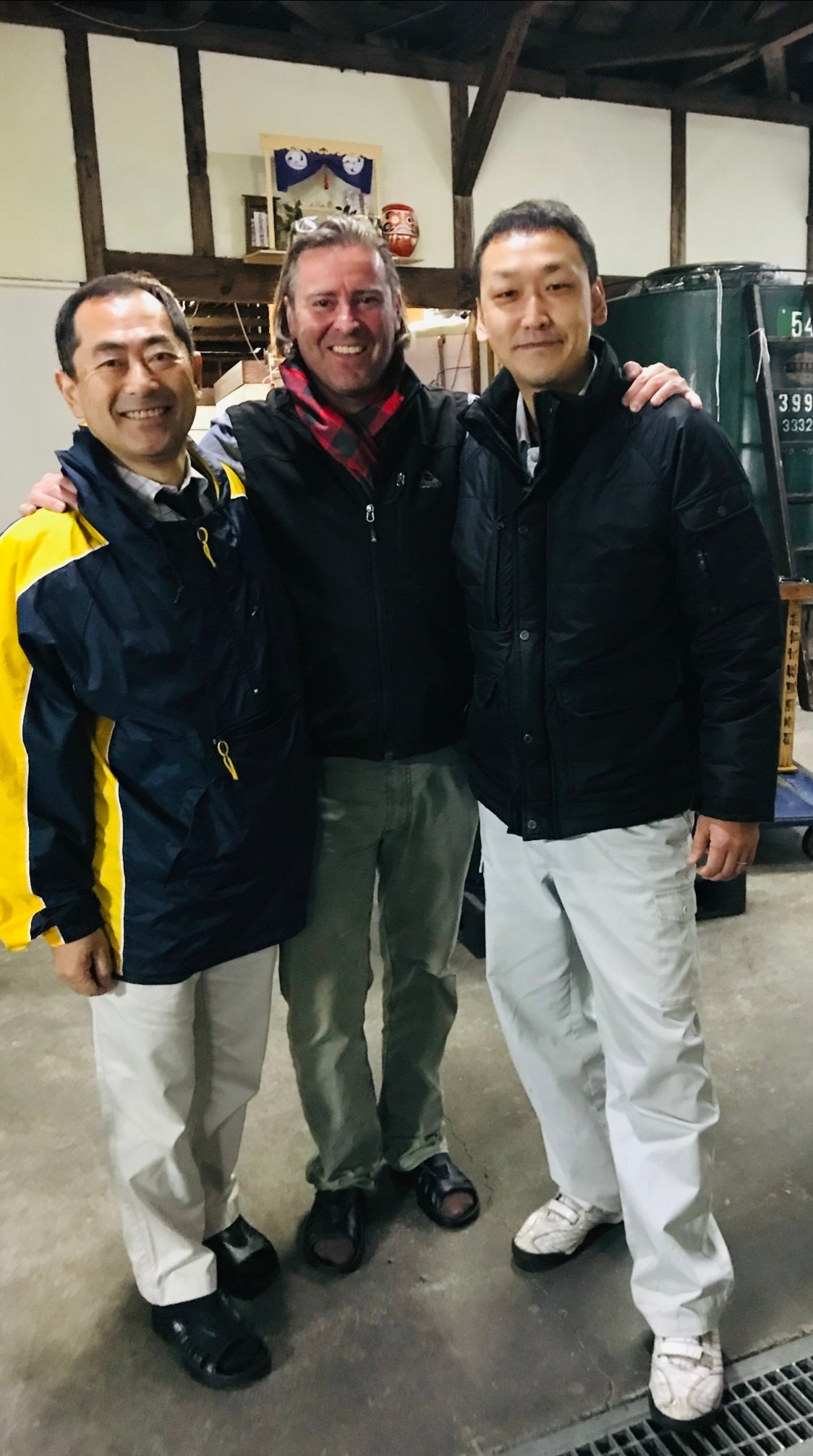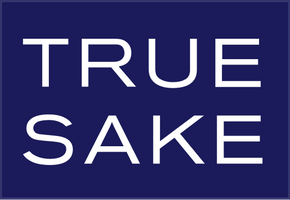
Talk To A Toji – The True Sake Crew Asks Questions to Tonoike Toji Ono-San

And the hits keep coming! Fresh off of his incredible victories in Tochigi Prefecture, the True Sake Crew asked Makoto Ono-san some very enlightening questions about one of the most decorated Toji’s in all of Japan. We really liked his replies, and they gave us new energy and focus selling his sake.
Toji Interview: Makoto Ono of Tonoike Shuzouten Co., Ltd.
True Sake Select bo: | Spotlight on Craft & Philosophy
When making sake, are you trying to adhere to a certain style? Or do you just make sake that you want? Does Tochigi have a style?
Historically, sake brewing in Tochigi prefecture has developed through two major Toji guild traditions—Nanbu and Echigo. Today, with increased information-sharing among breweries, there are no longer significant differences in brewing methods based on guild lineage.
If anything, Tochigi is now known for its individuality and diversity. Compared to other prefectures, it offers a broad variety of expressive, unique sake.
At our brewery, we don’t follow a set style. Our focus is on creating delicious sake tailored to each product’s purpose.
We use five different types of yeast starter (shubo), more than 15 combinations of yeast strains, and adjust ingredient ratios and techniques each year. We even make day-to-day changes based on the condition of the steamed rice.
Each sake has a different concept and role, and because the character of rice changes every year, using the same approach year after year can result in something very different from the intended image.
That’s why we adapt—revising our mash ratios, methods, and fermentation practices based on the rice that year and on lessons from previous batches.

What brewing techniques are utilized that allow Tonoike Bo sake to open up its aromatic bouquet over a few days and with air, in contrast to sake with aromas being apparent right at bottling? How do you achieve this expression?
One hallmark of our sake is its clarity—free from unnecessary aromas introduced during brewing or bottling. We put a lot of time into maintaining a hygienic environment that allows only the pure fragrance of rice and yeast to shine.
Creating koji with extremely low microbial counts is especially important for sake quality.
Our Ginjo-style sake is specially crafted to achieve a rich, full-bodied flavor while maintaining exceptional clarity. Even after several days of post-opening, rather than deteriorating, exposure to air enhances the sake’s natural aroma, further revealing its depth and complexity.
What is your biggest peeve as a Toji, what angers or disappoints you the most? And is it true that you have to work harder during brewing seasons when the rice is very dry and hard?
As a Toji, I sometimes feel disappointed in myself—especially when I repeat a past mistake, even after accounting for the nature of the rice or yeast. Brewing is never perfect, and we’re always learning.
Since sake takes at least a month to produce, a mistake made in the early stages isn’t always apparent until much later. That can be tough to deal with.
We track every detail—numbers, texture, sensory impressions—but still, no year is ever free of reflection. That, in a way, is what makes sake brewing so rewarding.
In years like this one, when the rice is drier and harder than usual, we have to rethink everything—from water ratios to steaming and soaking techniques.
For instance, in a typical year, we’d allow Yamadanishiki to absorb about 26% water before steaming for Junmai Daiginjo. This year, we had to raise that to 33% to avoid undercooking. A 7% change may seem small, but in our world, it’s huge.
This also means adjusting fermentation temperatures and timing. Brewing with hard rice requires heightened attention at every stage.

Have you ever broken the no Natto rule during a brewing season?
Maybe when I was younger… I might have had a little. But for the past 20 years, I’ve been very disciplined. No natto during the brewing season.
Even my family refrains from eating it while I’m working—they do complain, but they support me. Once the season ends, I eat it every day. Honestly, I’m a little tired of it now.
What are some of your favorite food pairings with the True Sake Selects Bo Junmai Ginjo?
Lasagna.
The richness of cheese, the tang of tomato, and the umami from the meat sauce pair beautifully with the gentle sweetness and flavor depth of Bo Junmai Ginjo brewed with Gohyakumangoku rice.
